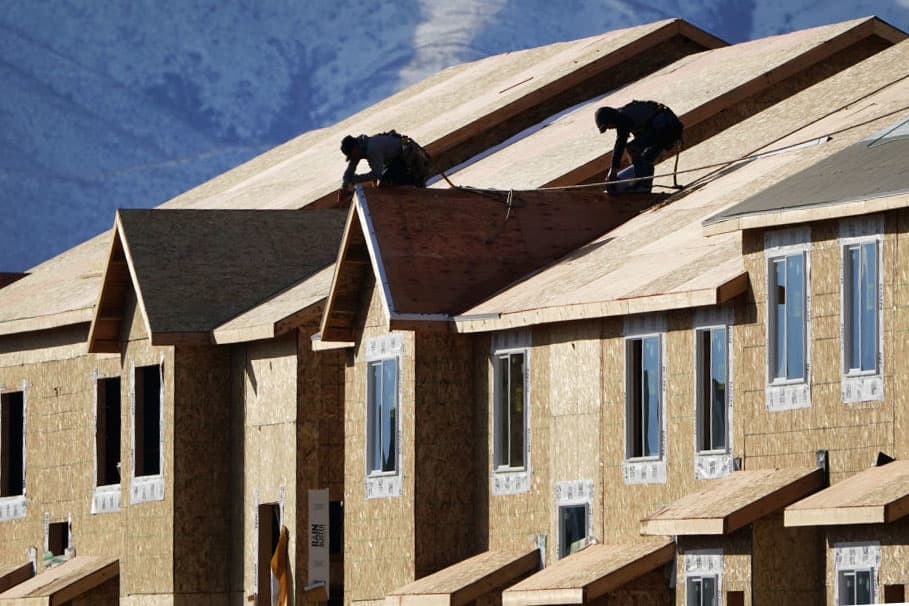Builders in the single-family housing market are facing growing expenses, which is causing a turnaround in sentiment to start the year.
Builder confidence fell one point to 83 in January, according to the National Association of Home Builders (NAHB)/Wells Fargo Housing Market Index (HMI). Anything above 50 is considered positive, but that is the first drop in four months. The index also stood at 83 in January 2021.
“Higher material costs and lack of availability are adding weeks to typical single-family construction times,” said NAHB Chairman Chuck Fowke, a homebuilder from Tampa, Florida. “NAHB analysis indicates the aggregate cost of residential construction materials has increased almost 19% since December 2021.”
The price of softwood lumber alone has jumped about 85% in just the last three months, according to Random Lengths. Lumber prices spike last spring and then came down dramatically over the summer. They are up again now, after the U.S. doubled tariffs on Canadian lumber and Western wildfires disrupted lumber production. Prices for other materials, such as gypsum and steel, are also higher. The labor shortage is also not easing, pushing costs up as well.
Of the index’s three components, current sales conditions was unchanged at 90. Sales expectations in the next six months fell 2 points to 83, and buyer traffic fell 2 points to 69.
Builders are also facing much higher mortgage rates in the new year, but the HMI data was collected early in the month, and doesn’t fully reflect that jump. The average rate on the 30-year fixed is now about 50 basis points higher than it was a month ago and 75 basis points higher than it was one year ago.
“While lean existing home inventory and solid buyer demand are supporting the need for new construction, the combination of ongoing increases for building materials, worsening skilled labor shortages and higher mortgage rates point to declines for housing affordability in 2022,” said Robert Dietz, NAHB’s chief economist.
